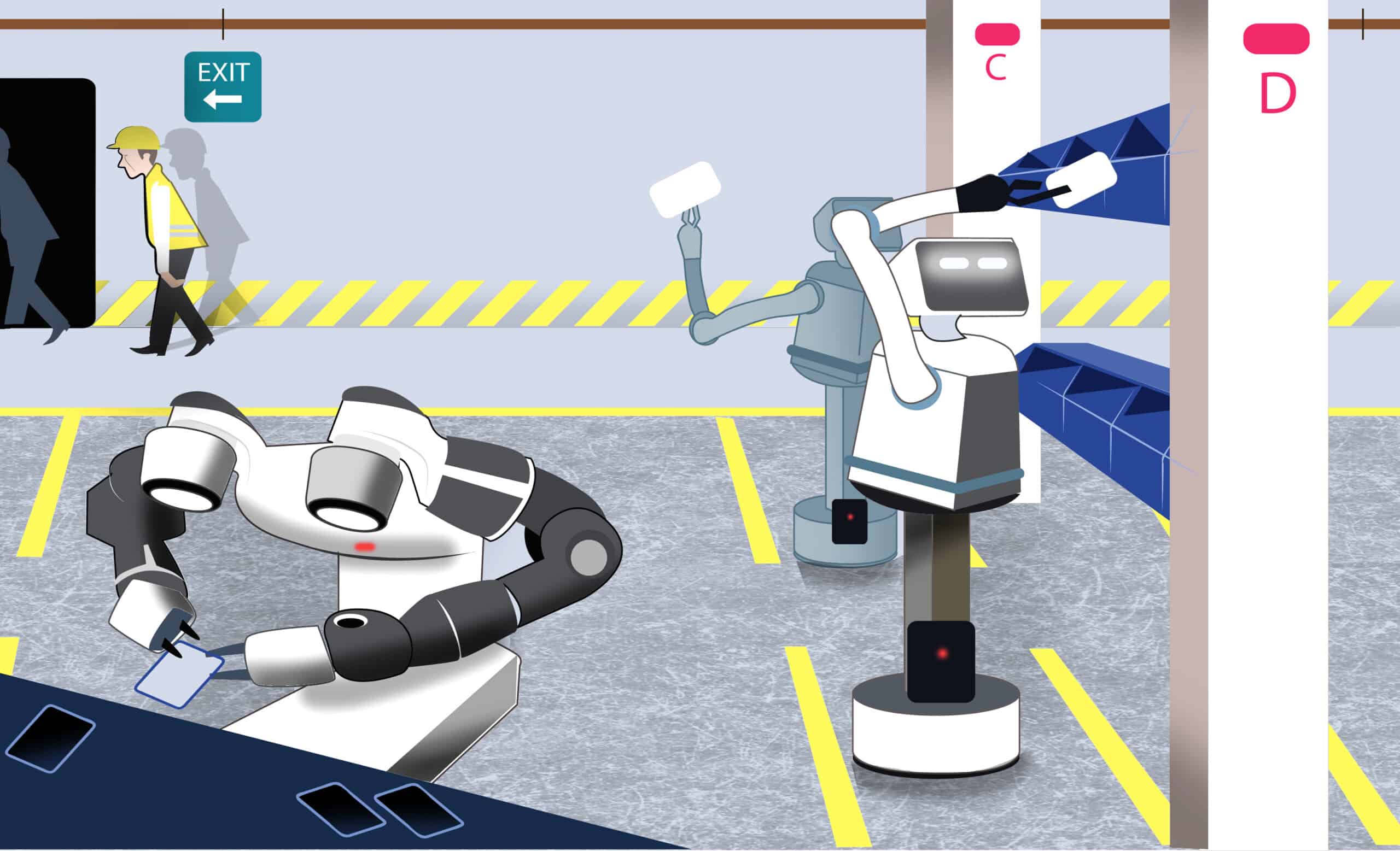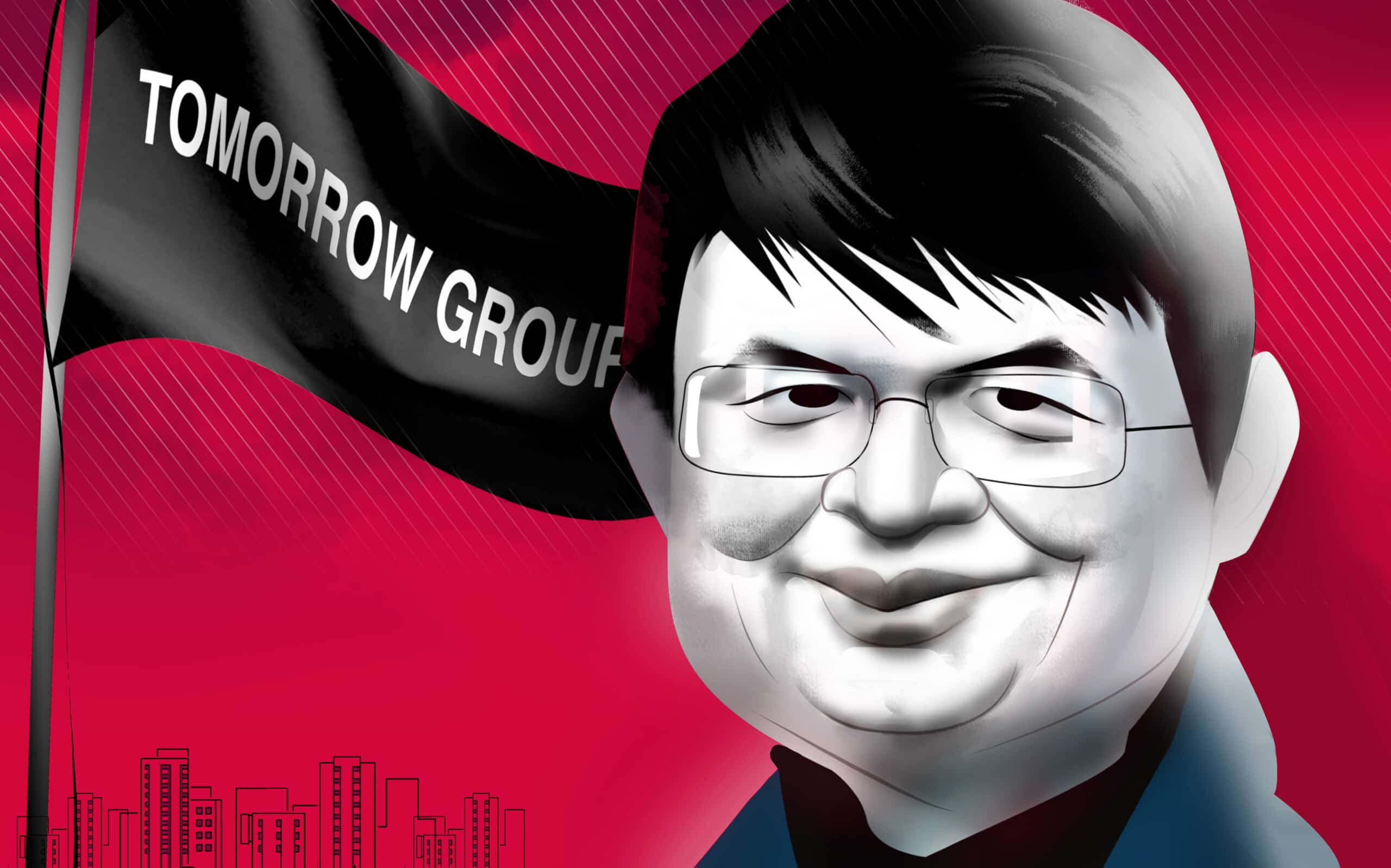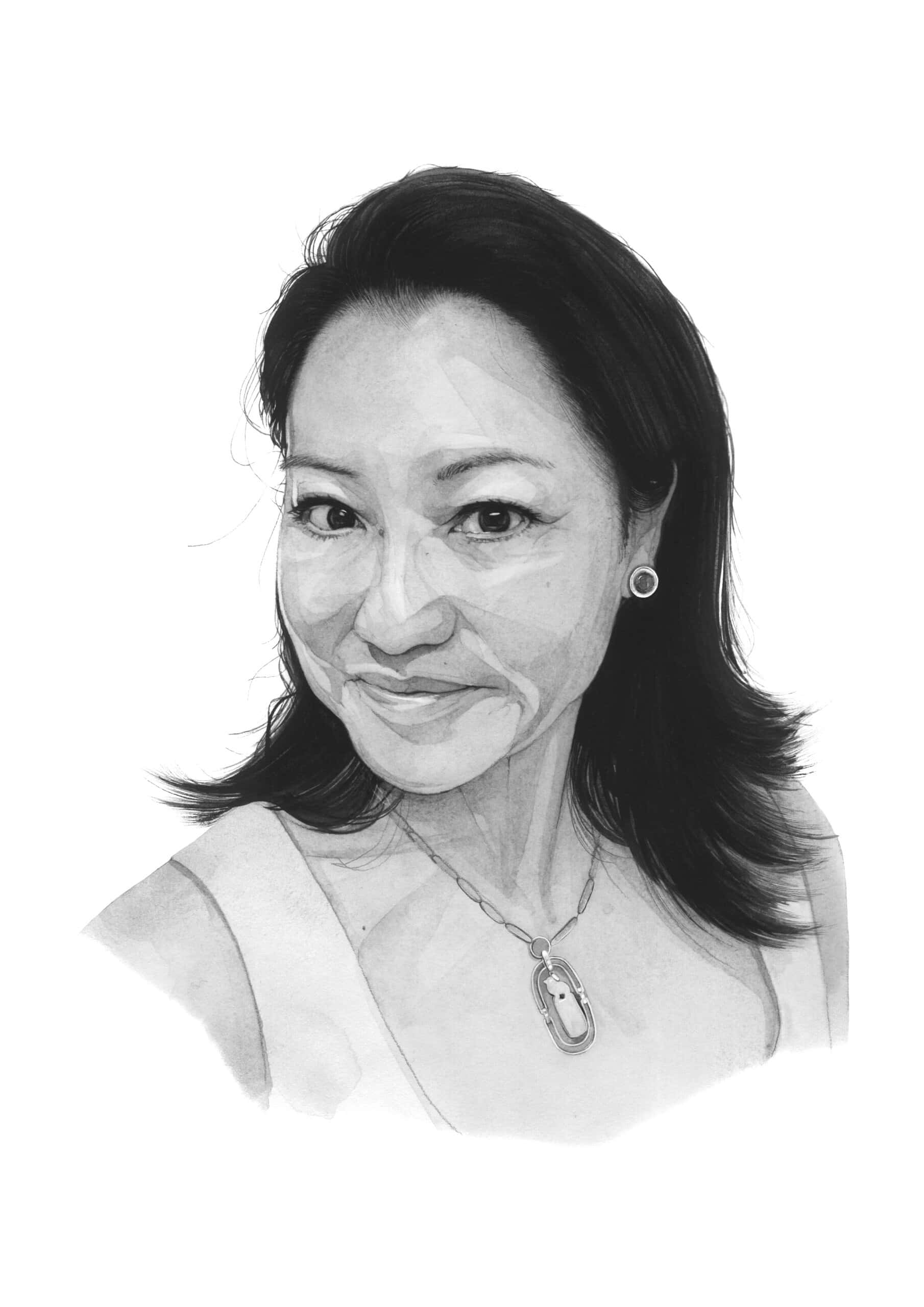Good evening. When you think of China’s factories, you likely think of migrant workers stacked together on assembly lines building fast-moving consumer goods. But, as our cover story this week shows, China’s factories are changing quickly with Beijing’s drive to use robots and transition to advanced manufacturing. Given China’s slowing economy and changing demographics, as one source notes, the “aggressive push for automation comes from the biggest existential threat that China and the CCP faces right now.” Elsewhere, we have infographics on Xiao Jianhua’s lost empire; an interview with Aaron Friedberg on what the U.S. got wrong about China; an overview from Tony Saich on what to expect from the Twentieth Congress of the Chinese Communist Party; and an op-ed from Nancy Qian about why China’s future will reflect Russia’s. If you’re not already a paid subscriber to The Wire, please sign up here.
Want this emailed directly to your inbox? Sign up to receive our free newsletter.

China’s Bot Boom
China became “the world’s factory” in large part due to its demographics: a tidal wave of young, hungry workers drove growth by churning out low value goods. But between rapidly changing demographics and rising wages, those days are over. For China to maintain its reputation as a manufacturing powerhouse, it needs robots — lots of them. But can advanced manufacturing be a panacea for China’s slowing economy? Isabella Borshoff reports.

The Big Picture: Xiao Jianhua’s Lost Empire
Five years after he was abducted from his service apartment at the Four Seasons Hotel in Hong Kong, Xiao Jianhua — once one of China’s wealthiest businessmen — has been sentenced to 13 years in prison for financial crimes. But what has happened to his fortune, once estimated at more than $100 billion? This week, infographics by Eliot Chen look at his financial empire: the companies involved, what’s happened to them, and what, if anything, remains.
A Q&A with Aaron Friedberg

Aaron Friedberg is a distinguished political scientist and a professor of politics and international affairs at Princeton University. He has served in government, as a deputy assistant for national security affairs in the Office of the Vice President, and written several books, the latest of which is Getting China Wrong. In this week’s Q&A with David Barboza, he talks about why engagement was a gamble, not a blunder; what changed after Tiananmen; and why the U.S. should take a stronger line against China.
Aaron Friedberg
Illustration by Kate Copeland

What To Expect from the Twentieth Congress of the Chinese Communist Party
On October 16, the China Communist Party will convene its Twentieth Party Congress — a critical five-yearly event. Tony Saich, the director of the Ash Center for Democratic Governance and Innovation and Daewoo Professor of International Affairs at Harvard University, offers his best guesstimates on Xi’s chances of reappointment, how the party’s leadership structure will change, and what to look for in terms of future policy trends.

China’s Future Will Reflect Russia’s
China learned from Russia’s post-1991 experience and pursued its economic liberalization with more care. But, as Nancy Qian argues in this week’s op-ed, it ultimately could not avoid the political implications of pro-market policies and is now following Russia down the road to autocracy — continuing a century-long pattern of mirroring its neighbor’s historical trajectory.
Subscribe today for unlimited access, starting at only $19 a month.



